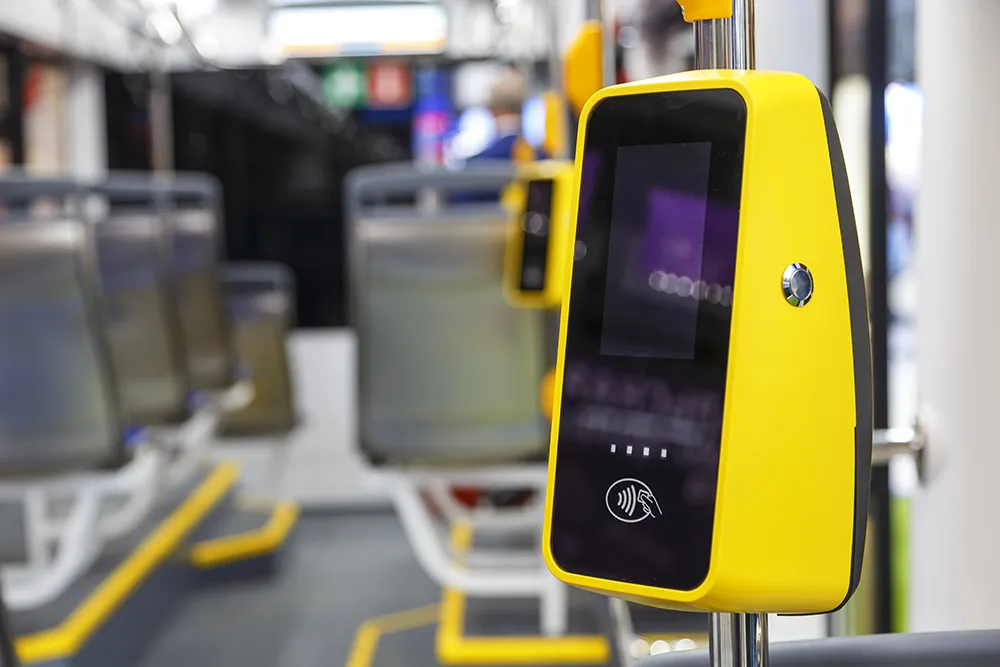Transport for London (TfL) has released the results of the Hammersmith gyratory improvement consultation, which received a high level of public support.
Nearly 80 per cent of respondents backed TfL’s plans for improvements, which will significantly improve cyclist safety at one of London's most intimidating and busy junctions. Dedicated cycling crossings will be installed, pedestrian facilities will be improved and a new bus lane added that will boost the reliability of bus services for customers.
Th
August 8, 2016
Read time: 2 mins
Nearly 80 per cent of respondents backed TfL’s plans for improvements, which will significantly improve cyclist safety at one of London's most intimidating and busy junctions. Dedicated cycling crossings will be installed, pedestrian facilities will be improved and a new bus lane added that will boost the reliability of bus services for customers.
The direct, kerb-segregated 750 metre two-way route for cyclists will remove the need to cycle around the gyratory, mixing with fast-moving traffic, and will break a key barrier to cycling in west London.
TfL intends to proceed with the changes, but will investigate retaining a pedestrian crossing between the south side of Hammersmith Broadway and Shepherd’s Bush Road following consultation feedback. Construction is set to start next summer and is expected to be completed in summer 2018.
Other improvements include eight cyclist-specific signals at junctions to separate cyclists and motorised vehicles, pedestrian countdown signals at six crossings and a new eastbound cycle track to enable onward connections on the A315 corridor.
TfL is working with the London Borough of Hammersmith & Fulham to develop proposals for cycle improvements along the A315 corridor, which runs through Hammersmith gyratory.
These improvements would provide a continuous cycle route across the whole of the borough and are due for consultation next year. This route would form part of Cycle Superhighway 9 which is still in the early stages of design. It is subject to further work and discussion with stakeholders including the London Boroughs of Hammersmith & Fulham and Hounslow. The changes to the Hammersmith gyratory will be future-proofed to take into account this potential new cycle route and would allow for any long term further transformation of the gyratory.









